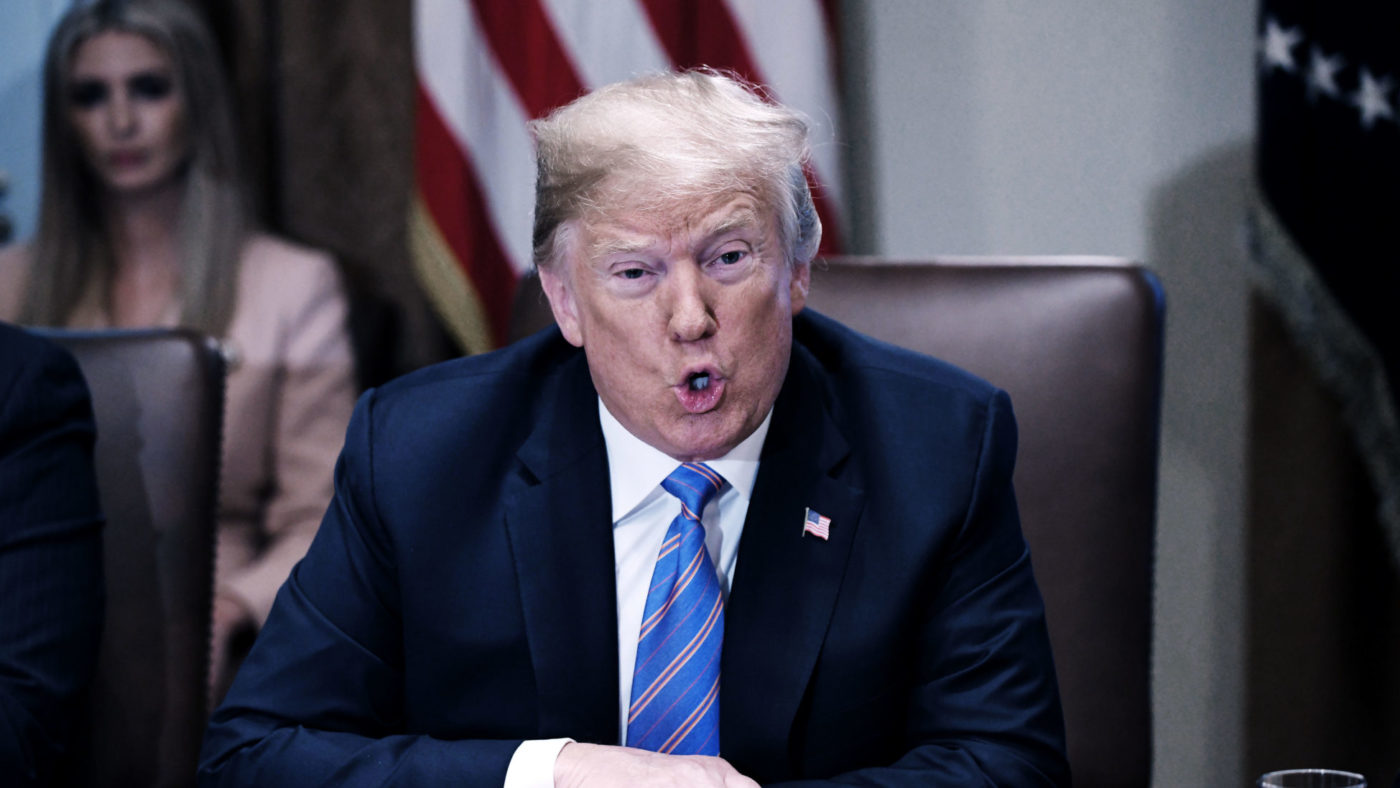Pundits and political scientists have tried to analyse Donald Trump’s international policies in terms of game theory, but perhaps they have the wrong kind of game in mind.
Trump’s spontaneous, risky gambits– including his advice to Prime Minister Theresa May on Brexit — are not so much reminiscent of the academic’s ‘Prisoners Dilemma’, nor Battleship, nor even the children’s game Candyland. Instead, I would suggest his foreign policy manoeuvres most resemble that mainstay of nerd culture, Dungeons and Dragons.
At first glance, Trump’s policies seem to follow the advice of game theorists like John Nash (of A Beautiful Mind fame) and Thomas Schelling, who advised players to sometimes act randomly and pound the negotiating table. But Game Theory does not explain motivation. And let’s face it: no one seems to truly understand Trump’s end goals.
This is where the nerds – garage-lounging geeks, techies, and trekkies- swoop to the rescue. In Dungeons and Dragons, players create a character. That character must follow a certain “alignment”, an attitude towards good and evil.
How should political scientists and nerds alike classify Donald Trump? He’s a Chaotic Neutral.
Every Dungeons and Dragons player recognises the Chaotic Neutral as an individualist, neither good nor evil, who cares little for rules or precedence and thrives in spontaneity. Chaotic Neutrals are motivated by promoting freedom, but can sometimes confuse freedom with selfishness.
Trump’s alignment shows up in his teasing, hectoring and general disrespect for other world leaders, calling Kim Jong-Un “rocket-man” and Justin Trudeau “meek and mild”. In contrast, Trump praises that roving, pierced diplomat, Dennis Rodman.
Trump has no time for precedent. He has ripped up many Obama-era policies: withdrawing from the Iran nuclear deal, rolling back ties with Cuba, and taking a more confrontational stance with North Korea, just before his sudden and surprising volte face and hand-holding with Kim in Singapore.
Like the Chaotic Neutral, Trump seems most energised when he breaks with established practise in order to display both America’s flexibility and his own. In his inaugural address, he invoked “the right of all nations to put their own interests first”. The President has certainly been forthright in this area, revisiting NAFTA, leaving the Paris Agreements on climate change, and questioning almost every international partnership from NATO to the UN Human Rights Council.
Trump’s reliable inconsistency is another mark of the Chaotic Neutral. Pentagon strategists and Dungeons and Dragons players both know well that surprise can be a formidable asset. Trump spelled out his unpredictable approach in a 2015 campaign speech in Oklahoma: “I don’t want to say: “Well, if I were president, I would do this, I would do that, I would go here, I would attack here, I wouldn’t go here… I don’t want them to know what I’m thinking, does that make sense? I want people to be guessing … I don’t want people to figure it out…”
As forewarned, in South East Asia, he withdrew from the Trans-Pacific Partnership, only to then turn up at an Asia-Pacific Economic Cooperation summit and call for a closer trade relationship. In Russia, Trump seems to admire Vladimir Putin, but also imposes tariffs and launches missile strikes against Russia’s client regime in Syria.
Such character traits undercut the Chaotic Neutral’s relationship with allies, who worry that he is an unreliable friend. And so, Dungeons and Dragons aficionados should not be surprised to see that Trump has an easier time quelling “axes of evil” (ISIS, Syria, North Korea, Russia) than maintaining friendships with the UK, Canada, Mexico, and the EU. Anyone who gets the Canadians riled up must be pushing some hard-to-find buttons.
Can Chaotic Neutrality succeed as a political strategy? Certainly not in times of crisis, when allies must defend each other. But in good times, it may be a useful strategy. Embracing chaos encourages a country to pursue its goals and negotiate hard.
Trump seems to be challenging China, Canada, and Mexico on trade matters precisely because he is confident that the US economy is booming. But here’s the key: when a crisis comes, the Chaotic Neutral leader must show up and defend their allies. So, while a Chaotic Neutral country can act selfishly in boom times, it must be prepared to redeem itself during the bad times.
While it would be easy to call Trump’s alignment unprecedented, America’s founding fathers themselves sometimes sounded “chaotically neutral”. George Washington and John Adams famously warned against long-term entanglements; Thomas Jefferson purchased the Louisiana Territory to give the pioneers economic mobility; and James Monroe was so obsessed with preserving American sovereignty that he promulgated a doctrine that was basically a restraining order against Europe (albeit expressed in more diplomatic terms).
In its worst light, Chaotic Neutrality means the US is selfish, random, and unreliable. At its best, Chaotic Neutrality widens the scope for potential policies. Although it appears random, there are logical times where Chaotic Neutrality should or should not be employed.
One can easily dismiss Dungeons and Dragons as role-playing for oddball recluses, but the game offers us a surprisingly clear analysis of one of the most controversial politicians in American history. How ironic that Trump pretends to be the coolest bully in school, but plays the nerdiest game of all.


